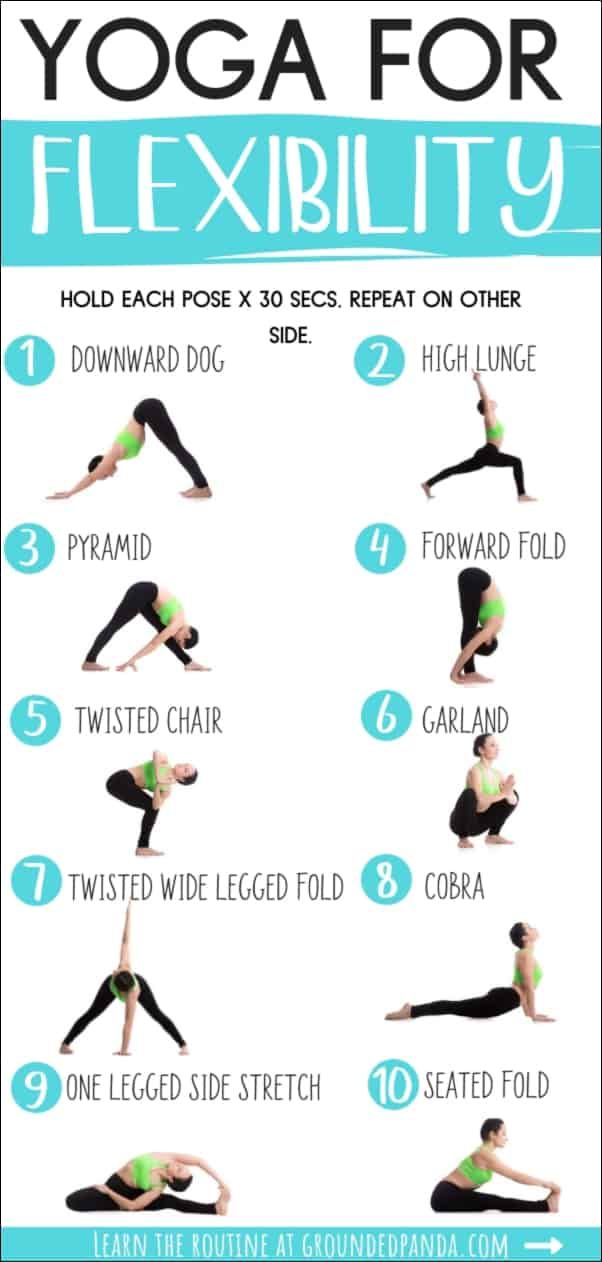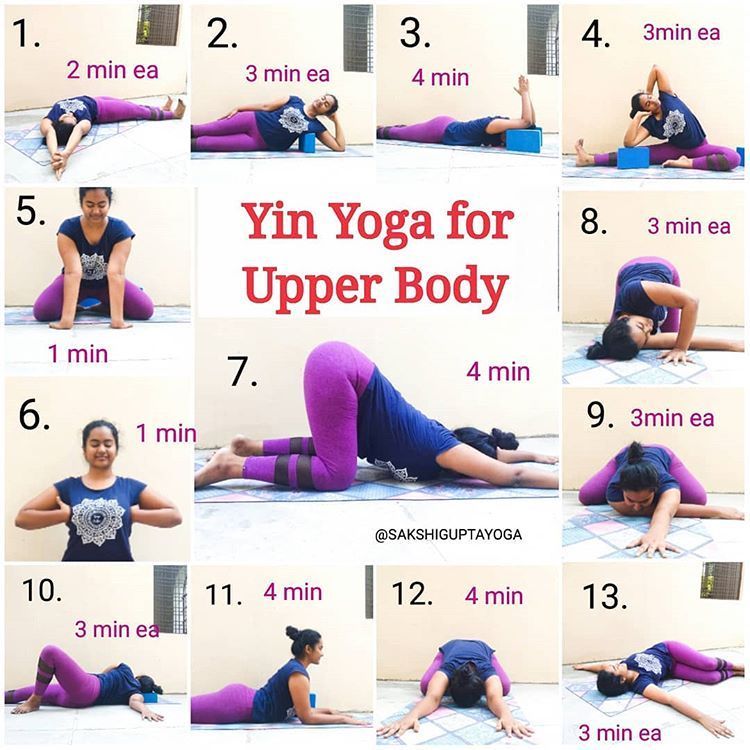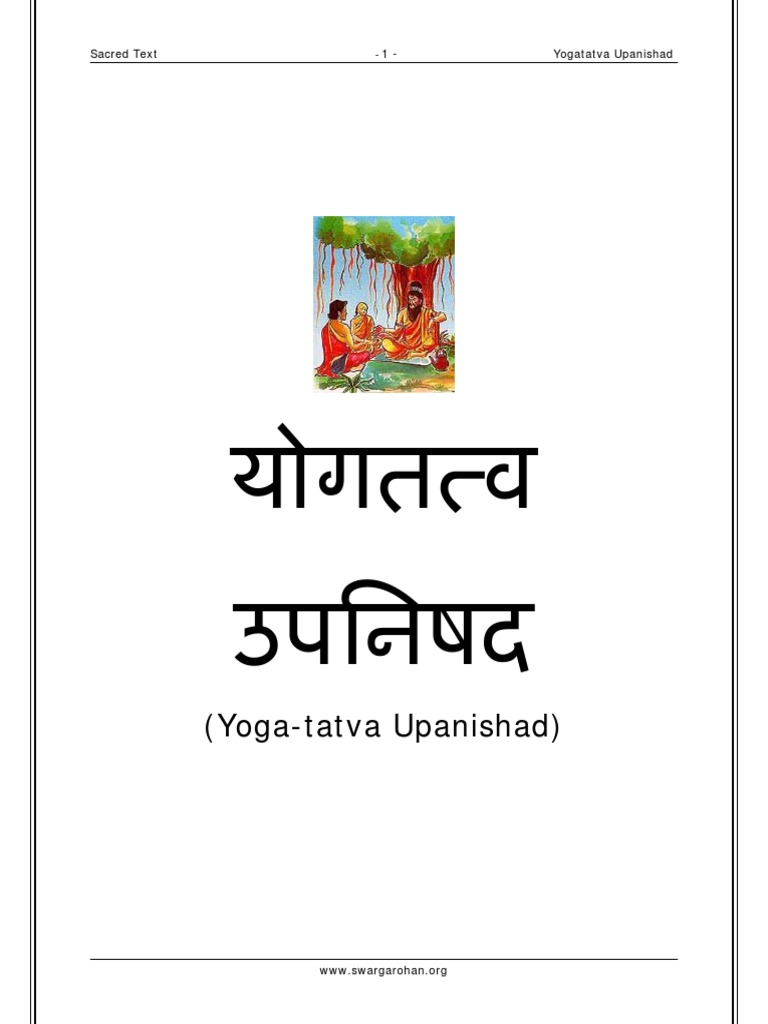
Yoga poses aren't just for exercising the body's muscles. They are also good for stimulating the internal organs. This can help improve digestion. Yoga can also be beneficial for people with chronic health issues. Yoga has many benefits and can help anyone feel better.
Legs up the wall
Legs up the wall is a good yoga pose for beginners because it can help you relax your mind and body. It also promotes sleep. Gentle breathing can help to increase the benefits. You can use it for beginners or advanced practitioners. It will calm your nerves, and help you to restore your body’s natural healing abilities.
Viparita Karaani, also known simply as Legs Up the Wall (or viparita, or viparita karani), is a rejuvenating and calming pose that alleviates the feet and legs, the spine, the nervous system, and the nerves. This pose is an easy-to-learn inversion and is highly recommended for beginners. This inversion is also known as "Viparita Karani", which literally means "inverted actions." As a result, it can help you to develop self-awareness and meditation.

Pose of the corpse
For beginners in yoga, corpse poses can be intimidating and challenging to master. Even though the pose is a simple one, it can be difficult to stay still in it. You may feel restless, agitated, or preoccupied. You might feel this way if you are looking for yoga props. These will make your Savasana practice more enjoyable.
Corpse position is designed to allow the mind and body to relax as much as possible. Many students fall asleep in this position. Remaining mindful is key to relaxation. This will help you relax and release tension.
Downward facing dog
It's crucial to correctly set yourself up when practicing Downward Facing Dog. Begin by bending your knees. The spine will remain longer by bending your knees. You can also extend your hips towards ceilings or walls by bending your knees.
The hip strain and lower back strain will be lessened by bending your knees while doing Downward Facing Dog. Reducing the strain on the wrists by bending your knees is another way to reduce the load.

Turning forward, facing downward
An easy yoga pose for beginners is to bend downward toward the front. This will stretch your back and lengthen your legs. It works tight, stiff muscles while maintaining proper alignment. Perform the pose with parallel arms, legs, and feet.
This pose can either be done standing or seated. This pose is designed to stretch the hips and open the hamstrings. It is recommended to stay in this pose for thirty to one minute. This asana is relaxing and calm. It can also increase flexibility in the back and legs, and reduce stress.
FAQ
Are there yoga classes available for people with disabilities?
Yes, many yoga studios offer specialized classes to accommodate people with disabilities. These include:
-
Individuals who are physically handicapped and want to improve their posture
-
People with limited mobility
-
Individuals suffering from arthritis
-
People who are recovering from injuries
-
Seniors
You can encourage someone you know to take these classes.
What happens if you practice yoga every day?
You feel calm, relaxed, and centred. It can improve your posture, balance, flexibility, and overall health.
You become more aware how your body feels as you move. This awareness helps you to be more mindful and aware of your own body.
Yoga can help you improve your concentration.
Your mind is sharper, clearer, and more focused. It calms the nervous system. It decreases stress levels. It promotes peace and well-being.
What foods are best to avoid after I do yoga?
Avoiding certain foods may reduce your energy levels. It can also make you feel bloated, or cause stomach cramps. It is possible to feel tired from practice and want to eat light, nutritious food.
What is the average time it takes to learn yoga?
Like any skill, it is important to train your brain in order to properly perform yoga. However, once you know the basics, you can easily practice yoga at home.
Warm ups should take between 20-30 mins to get you started. You can then spend 5-10 min warming up by doing simple stretches. Work your way into more challenging poses.
Once you've learned the basics, intermediate classes are available where you'll be able to learn more advanced moves. For example, if you're learning yoga for the first time, you might start with standing poses like the Tree (Vrksasana) and Mountain (Tadasana).
Statistics
- The American Psychological Association recently shared that 84% of American adults feel the impact of prolonged stress (5). (healthline.com)
- Lock in 25% off your Founding Member rate. (corepoweryoga.com)
- According to the Agency for Healthcare Research and Quality, falls are incredibly common among older adults in nursing facilities. Even the simplest ones can increase the risk of death (24). (healthline.com)
- Start your Fall off right with 20% off All Access Membership when you sign up by 9/25! (corepoweryoga.com)
- According to calorie estimates calculated at Harvard Medical School, the average 125-pound person burns about 120 calories in a half hour of hatha yoga, and a 185-pound person burns about 178 calories in that half hour. (everydayhealth.com)
External Links
How To
Can I do yoga during pregnancy?
You may not be able to perform certain poses safely if you are pregnant. Before beginning a new exercise routine, it is advisable to consult your doctor.
However, there are many poses you can still do during pregnancy. Here are some tips.
-
Do not lift any weights that are higher than your shoulders for pregnant women. Instead, you can use dumbbells or lightweight resistance bands.
-
Avoid deep twists. These could pressure your belly.
-
Before you have children, avoid backbends. This can place excessive strain on the lower back.
-
Until you deliver your baby, don't lie on your stomach or sit cross-legged.
-
Do not do inverted poses such as headstands or handstands unless your doctor has cleared you.
-
Limit your practice to 30 minutes per day.
Yoga can be continued throughout pregnancy if you are ready. Your doctor will help you determine when you're ready to begin practicing yoga.